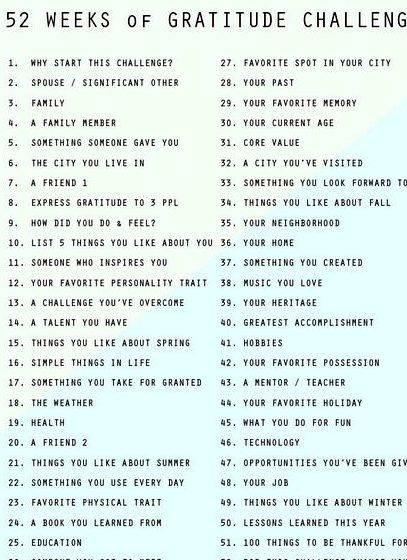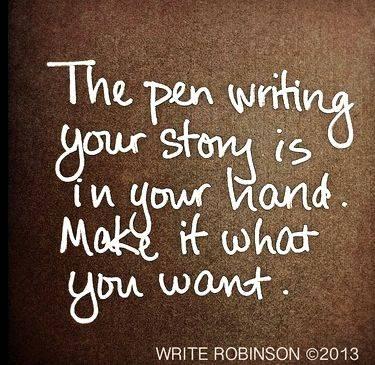By David Silverberg August 27
How many times do you check your phone weekly? Or say hello to strangers? How do you spend your time alone? The answers to those questions — and many more — are illustrated by hand in the data-visualization memoir “Dear Data,” by Giorgia Lupi and Stefanie Posavec.
In a year-long correspondence project, Lupi, an Italian living in New York, and Posavec, an American living in London, exchanged postcards each week about a different aspect of their daily lives. One week they tracked their spending habits, another how often they swore, another the things they found beautiful.
In other words, “Dear Data ” paints a human portrait with data. With each graph and information map, we get a deeper sense of the authors’ personalities. What emerges from this information overload is a fascinating catalogue of the complexity of daily living. By tracking such minutiae, Lupi and Posavec, who both work in information design, reveal the patterns that inform our decisions and affect our relationships.
The book works best when visualizing the many aspects of life we often ignore. For example, the authors compile everything they’ve bought during a week. Lupi even breaks down how long each purchase lasted and whether the item was an impulse buy. One particularly memorable selection illustrates the authors’ emotional well-being by listing when and why they felt stressed, happy, excited, nostalgic and so on. In one Posavec postcard, she tracks how some of her husband’s habits frustrate her.
Written out, such diary entries may have come across as ho-hum. But by surveying this emotional catalogue in its easy-to-read, graphical format, we can see the authors’ data collection in our own selves and uncover correlations that may have been hidden.
Imagine if you could really see when and how many times you impulsively bought candy. Would you change your behavior for the better? Maybe, maybe not. But at least you’d be confronting your actions head-on.
It’s not necessary to be acquainted with the language of data visualization to appreciate “Dear Data.” In many ways, this data dump coincides with the everyday oversharing we are happy to indulge in via social media. Such an embrace of peep culture, to use Hal Niedzviecki’s phrase, recognizes how our voyeuristic tendencies can hold a mirror to our behavior and cause us to react to our own reflection. “Dear Data” emphasizes that idea and says: “This is every detail of your life. What are you going to do about it?”
We live in a world obsessed with big data. Algorithms and apps detect and aggregate every bit and byte of information passing through our online and offline interactions. Analytics increasingly inform us about user behavior in real time. But “Dear Data” harks back to a more nostalgic era when we deliberated over the information we took in and offered to others. Let’s call it Slow Data. “To draw is to remember,” the authors write, and their book reminds us that physical documents can be a time capsule we continually pore through long after Facebook and Instagram have made way for the next Internet flavor of the month.
Selecting such an analog visualization method is not without its faults, though.

At times, the authors’ graphs call for clearer notations: Why not tell us how much Lupi spent on beer rather than ask us to add up each little orange-colored dot? And many of these visualizations may frustrate the farsighted: The postcards aren’t reproduced beyond their original size, and differentiating between tiny purple and pink lines can get difficult.
But Lupi and Posavec have created a magnifying glass to examine what we rarely study about ourselves. Their year-long project should motivate us to find the beauty in the small in a world that begs us to see the bigger picture.
David Silverberg is a freelance journalist who writes for BBC News, BuzzFeed, Vice and Quill Quire.
By Giorgia Lupi and Stefanie Posavec
Princeton Architectural. 288 pp. Paperback, $35






 Cops writing false tickets to jimmy
Cops writing false tickets to jimmy Writing a good hypothesis for a science fair project
Writing a good hypothesis for a science fair project Orpheus and eurydice mythology summary writing
Orpheus and eurydice mythology summary writing My writing desk schreibtisch ikea
My writing desk schreibtisch ikea Writing your first ya fantasy novel
Writing your first ya fantasy novel






